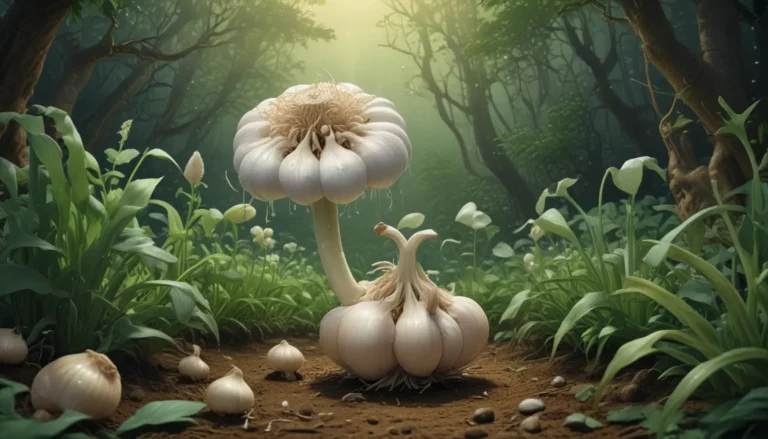When is the Best Time to Plant Crocus Bulbs?

Imagine waking up on a crisp late-winter morning to a burst of vibrant crocus blooms in your very own backyard. The sight of these delicate flowers can truly brighten up any garden. But when exactly should you plant crocus bulbs, also known as corms, to ensure a beautiful display of blossoms?
Crocus plants come in various varieties, with three of the most popular being snow crocus (Crocus chrysanthus), Dutch crocus (C. vernus), and saffron crocus (C. sativus). Among these, two are vernal and one is autumnal, meaning that their planting times vary based on your USDA Hardiness Zone.
In this comprehensive guide, we’ll delve into the world of crocus planting, focusing on valuable information to help you achieve a stunning garden display.
What You’ll Discover in this Guide
In this article, you’ll learn about:
- When to plant snow and Dutch crocus varieties
- How to use a soil thermometer
- Planting crocuses together
- When to plant saffron crocus
Timing is Everything: Snow and Dutch Crocus Varieties
The snow and Dutch crocus varieties are typically hardy in USDA Hardiness Zones 3 to 8, with the distinction between the two being that they both bloom in the spring. However, the planting times vary based on the temperature range within these zones.
For those residing in Zones 3 to 6, which have cold winters extending from Washington to Maine and down through Utah, Colorado, Kansas, and Ohio, crocus corms should be planted in September and October. Conversely, gardeners in warmer climates can opt for November as the ideal planting time.
To determine the exact month for planting, consider the average date of the first hard frost in your area, when temperatures drop below 28°F for an extended period. Count back six to eight weeks before this date to determine the best time to plant your corms.
One crucial factor to consider is soil temperature. It’s recommended that the soil be at 60°F or lower when planting the bulbs. A soil thermometer, such as the one available from Vee Gee Scientific, can help ensure you plant at the right time.
How to Use a Soil Thermometer
To use a soil thermometer effectively, follow these steps:
- Eight weeks before the first frost, measure the temperature of the soil three to four inches deep where you plan to plant.
- Wait for the thermometer to give a reading. If the temperature is 61°F or higher, wait and check again until it reaches 60°F or below.
- Plant the corms promptly to allow them to acclimate to the cold winter and prepare for spring growth.
For those in Zone 9, where crocuses can still thrive, bulbs should be chilled in the refrigerator for 12 to 15 weeks before planting. Store the corms in a ventilated bag in the coldest section of the fridge and plant them in the late winter or early spring.
Planting Crocuses Together
Crocuses thrive in group plantings, creating a vibrant display of flowers. When planting, consider the following steps:
- Choose a sunny or partly shady spot in the garden.
- Dig a trench three inches deep in Zones 6 to 8, or four inches deep in Zones 3 to 5, providing extra insulation.
- Place the corms in the trench with the flat side down about two inches apart.
- Cover the corms with soil, water thoroughly, and look forward to a beautiful spring bloom.
Saffron Crocus: Timing is Key
If you’re eager to see the brilliant blooms of saffron crocus in your garden, the timing is essential. In Zones 6 to 10, you can plant saffron crocus in August for colder regions or September in warmer zones, at least six weeks before the first frost.
Saffron crocus corms are more heat-resistant and don’t require a chilling period, making them suitable for a broader range of climates. Plant them outdoors in a pot in colder regions and move them indoors before the first frost for a colorful display indoors.
Saffron crocus blooms in just two months, adding a burst of color before winter sets in. Keep them in a sunny spot indoors and harvest the vibrant red stigmas for culinary use.
Final Thoughts on Crocus Planting
In conclusion, growing crocus plants doesn’t have to be complicated. By planting them at the right time and following appropriate care strategies, you can enjoy a delightful display of flowers in your garden each year.
We hope this guide has provided you with valuable insights into planting crocus bulbs. If you have any tips, questions, or comments on growing crocuses, feel free to share them below.
For more gardening tips and inspiration, check out the following articles:
- When and How to Save Native Perennial Aster Seeds
- How to Propagate American Beautyberries
- How to Propagate Hellebores
Remember, timing is crucial when it comes to planting crocus bulbs. By following the guidelines outlined in this article, you can create a stunning garden display that will delight you for years to come.





